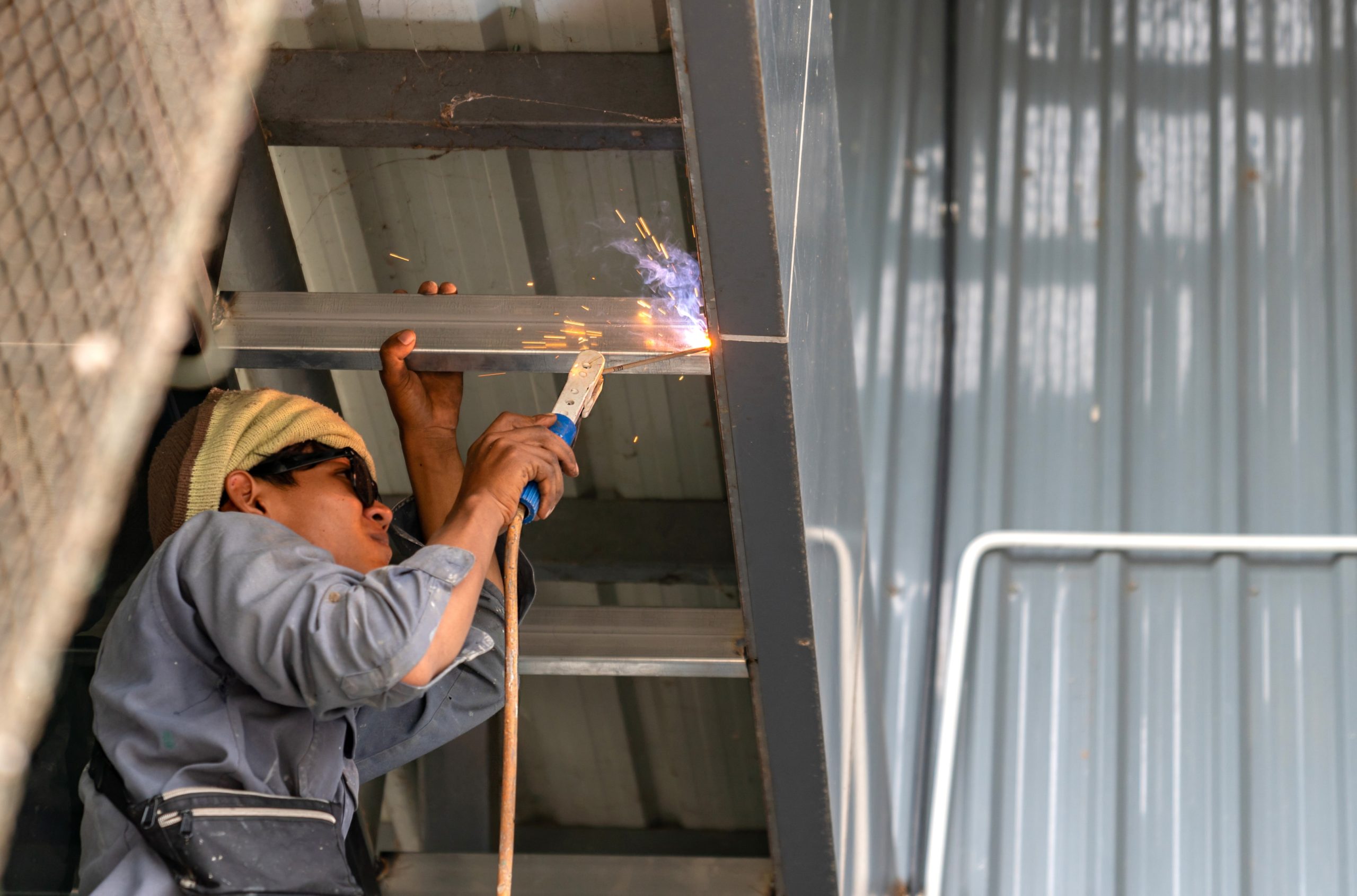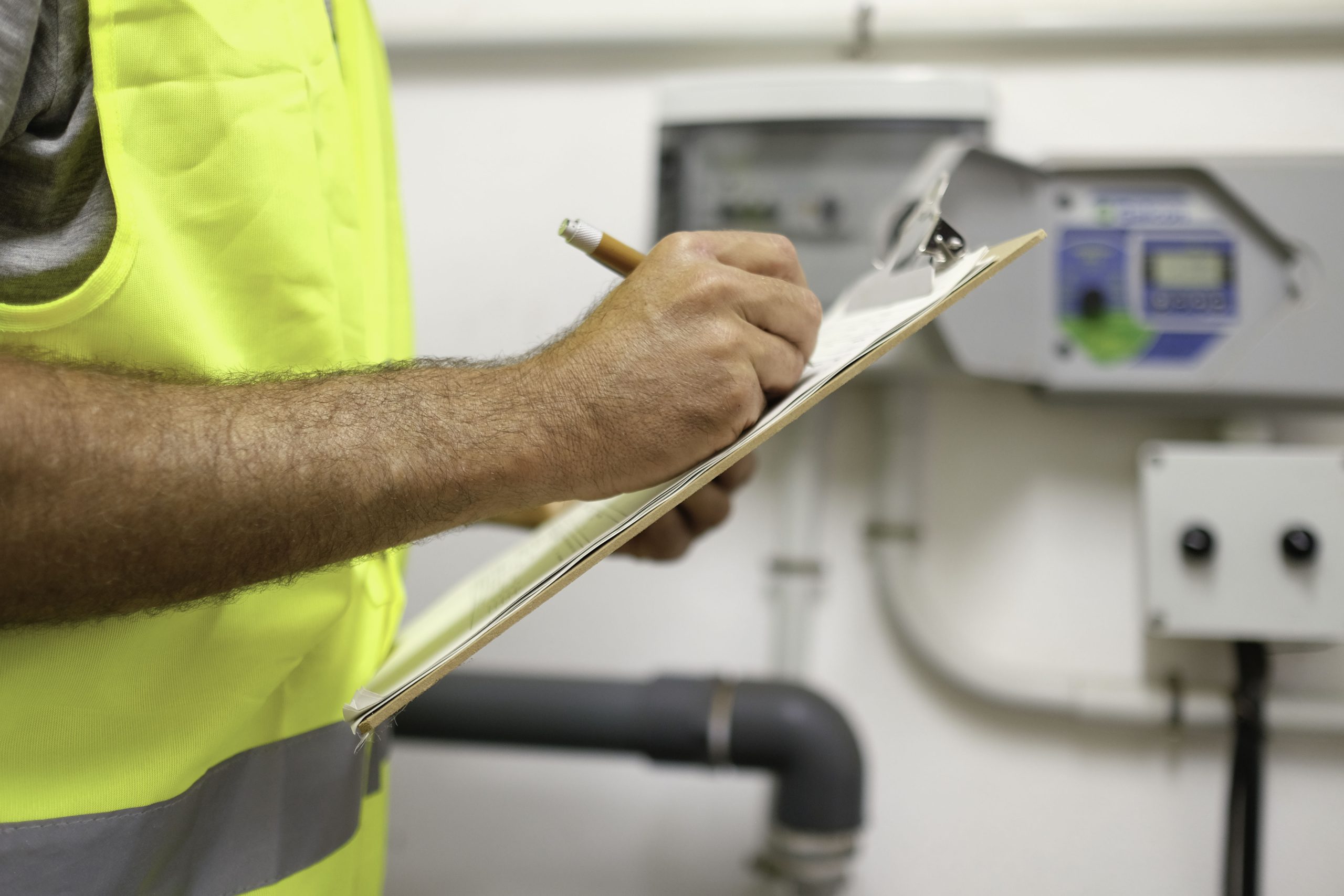What happens when a leaking pipe forces a retail or grocery store to close during peak hours?
Maintenance problems like this disrupt operations, damage customer trust, and decrease revenue. Retail teams need reliable support to keep every location clean, functional, and open without delays.
The challenge is finding a retail facility maintenance company that makes your job easier.
This article compares five retail facility maintenance companies and breaks down what they offer, how they work, and what makes each one worth considering.
What Do Retail Facility Maintenance Providers Do?
If you’re managing a retail business, you already know the drill. Something breaks, someone complains, and you’re left scrambling to fix it without blowing the budget.
Retail facility maintenance companies step in to stop that problem. They handle the behind-the-scenes work that keeps stores open and looking sharp, from plumbing leaks to HVAC breakdowns to lighting that won’t stop flickering.
Most facility maintenance companies handle tasks like:
- Preventive and emergency repair work
- Work order tracking and task assignment
- Scheduling and coordinating technicians across locations
- Support with health and safety inspections
- Documentation for audits, performance checks, and compliance
In grocery stores, issues like refrigeration breakdowns or floor hazards risk health code violations and food spoilage.
Whether it’s one location or a multi-site operation across multiple states, having a streamlined way to handle service requests protects your brand and keeps customers safe and happy.
What to Look for in a Retail Facility Maintenance Partner
Some facility maintenance providers just don’t cut it for retail. They’re slow to respond, hide fees in the fine print, or aren’t built for the pace of daily store operations. That’s a problem when your locations rely on smooth, visible, and timely upkeep to keep customers coming back.
The right partner should be quick, reliable, and tuned into the realities of a busy retail space. They should understand your retail maintenance needs and be built to support speed and consistency.
Look for partners that offer:
- Easy work order submission and updates
- Mobile access so store managers aren’t tied to a desktop
- A nationwide network of vetted contractors
- Visibility across all your locations, not just one
- Transparent pricing and flexible service models
You should also expect quality service from a provider that values service quality as much as you do. Your stores need to stay in the best shape to protect customer satisfaction and the overall in-store experience.
It shouldn’t feel like a hassle to get a toilet fixed, signage replaced, or preventive tasks scheduled. You need one source for solutions that let your stores operate at peak performance without constant micromanagement.
Top 5 Retail Facility Maintenance Companies in 2025
Below are five retail facility maintenance companies that retailers and grocers rely on to handle everything from inspections to after-hours emergencies.
Each one takes a different approach, so you can see which is the best choice for your business.
1. Trillium—Facility Maintenance Built for Retail Managers
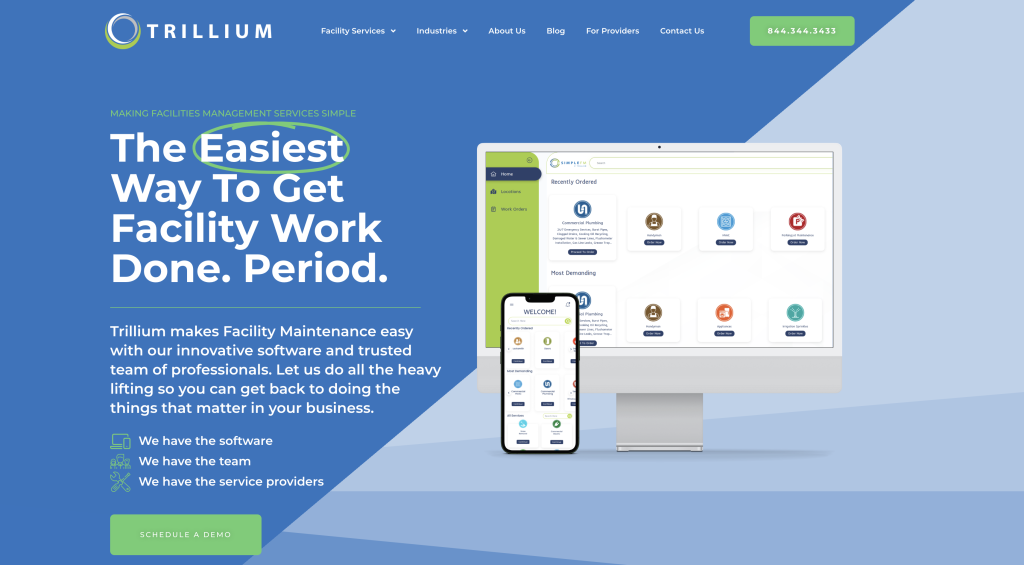
If you’re tired of bloated contracts and endless vendor chasing, Trillium will feel like a breath of fresh air. It’s built specifically for retail teams that need fast, reliable facility maintenance services, without the markup or the mess.
Trillium doesn’t try to replace your facility manager. Instead, it gives them tools to move faster and smarter. The platform is free to use, and there’s no contract, minimum volume, or hidden fee. You just log in and request service when you need it.
Key Features
- Visual “green dot” system to track work orders in real time
- Photo uploads, service levels, and vendor notes in one dashboard
- 6,000+ licensed vendors across 58 trades, available in 47 states
- 24/7 expert support from real people
- Automatic handling of W9s, COIs, and sign-offs
Trillium’s facility maintenance software helps retail teams manage maintenance across multiple states. Submit work orders, monitor service progress, and keep stores operating smoothly without contracts, markups, or wasted time.
2. SafetyCulture—Inspection and Safety Tracking for Retail Teams
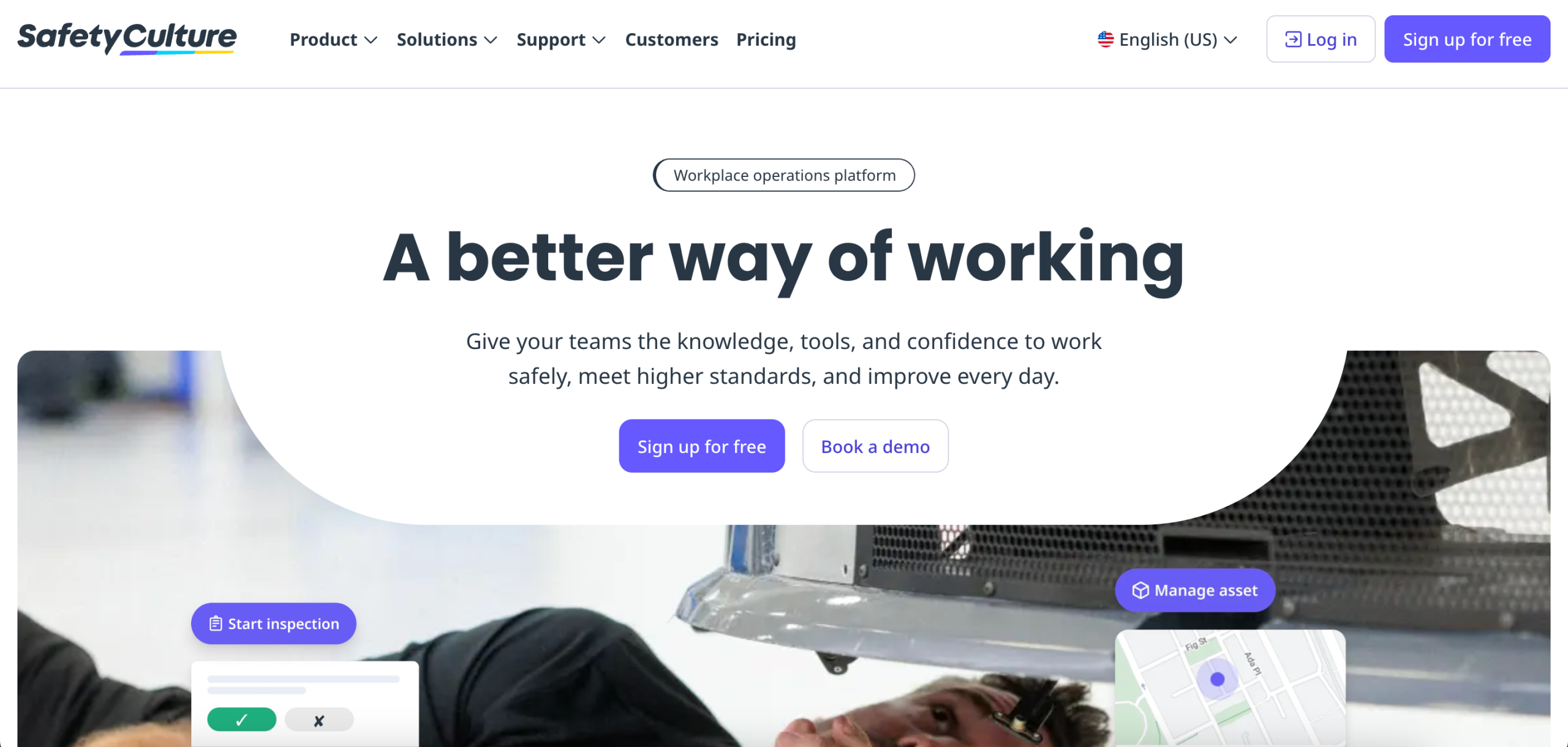
Source: Safetyculture.com
SafetyCulture helps retail teams digitize inspections, track compliance tasks, and stay organized with safety reporting. It replaces paper checklists with mobile-friendly templates and offers tools for assigning follow-ups and documenting what happens in the retail store.
Key Features
- Customizable inspection checklists
- Offline mobile access with cloud sync
- Real-time dashboards for spotting trends
- Photo capture and action item assignment
Pros
SafetyCulture supports consistent inspection workflows and helps teams stay on top of safety tasks. It can improve visibility and standardization, especially for retailers with strict compliance policies.
Cons
The tool isn’t built for managing vendors or work orders, and syncing between devices can sometimes lag. New users may also need time to learn the system and set up custom templates.
3. Corrigo—Work Order Management With Vendor Analytics
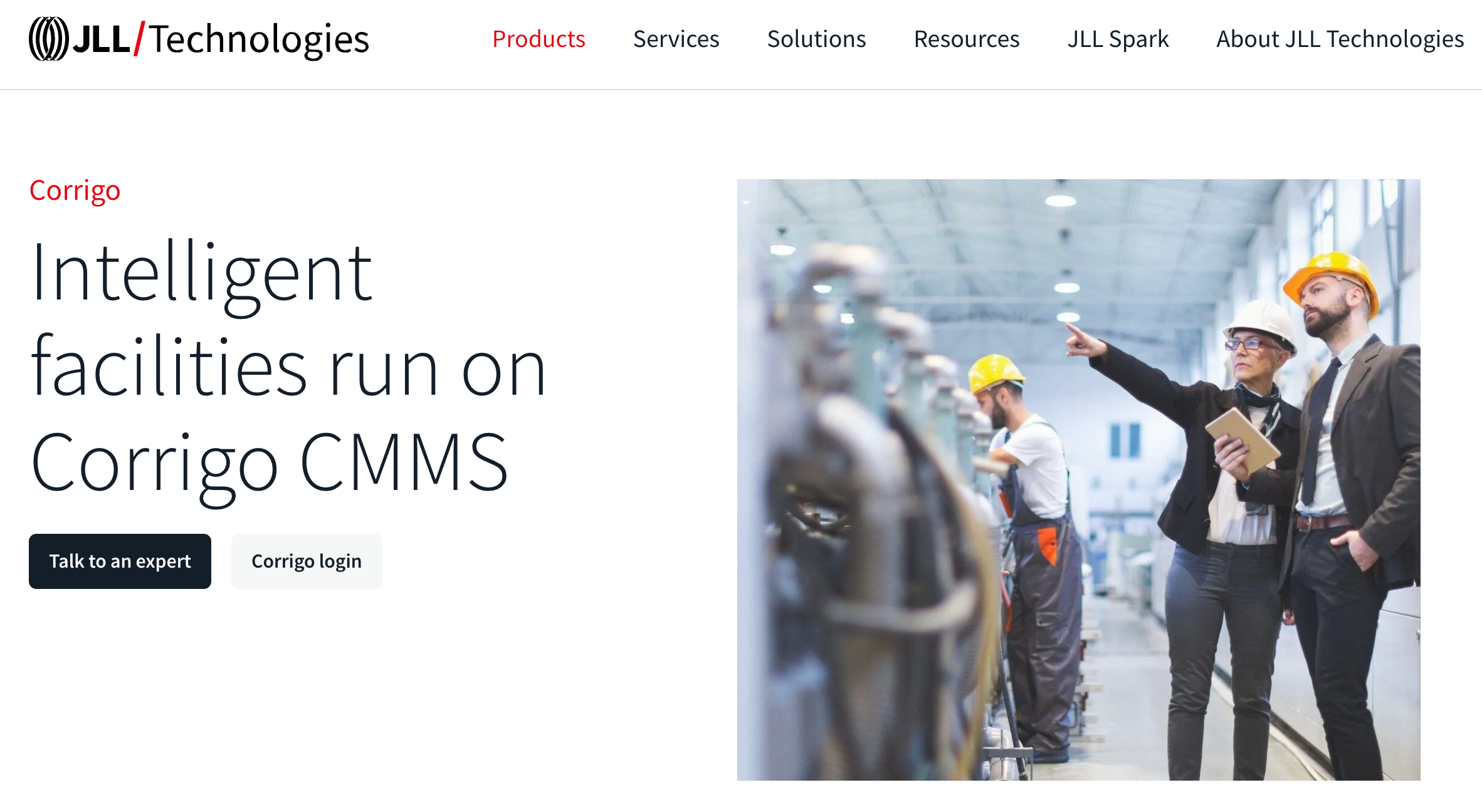
Source: Jllt.com/corrigo/
Corrigo helps retail teams manage service requests, vendor performance, and equipment repairs all in one place. It’s built for businesses that want more control over how work is scheduled, tracked, and completed, especially across a high volume of maintenance tasks.
Retailers use Corrigo to route work orders, monitor timelines, and keep historical data on asset repairs.
Top Features
- Centralized work order tracking
- Mobile app for real-time updates and uploads
- Vendor performance scoring and analytics
- Asset tracking and repair history
Pros
Corrigo helps identify inefficiencies by analyzing vendor data and service history. It also gives larger teams better visibility into who’s doing what and when.
Cons
Setup and integrations can be time-consuming, and customizing reports isn’t always intuitive. Smaller teams may find it more than they need for simple maintenance jobs.
4. MaintainX—Mobile-First Work Order Management for Retail Teams
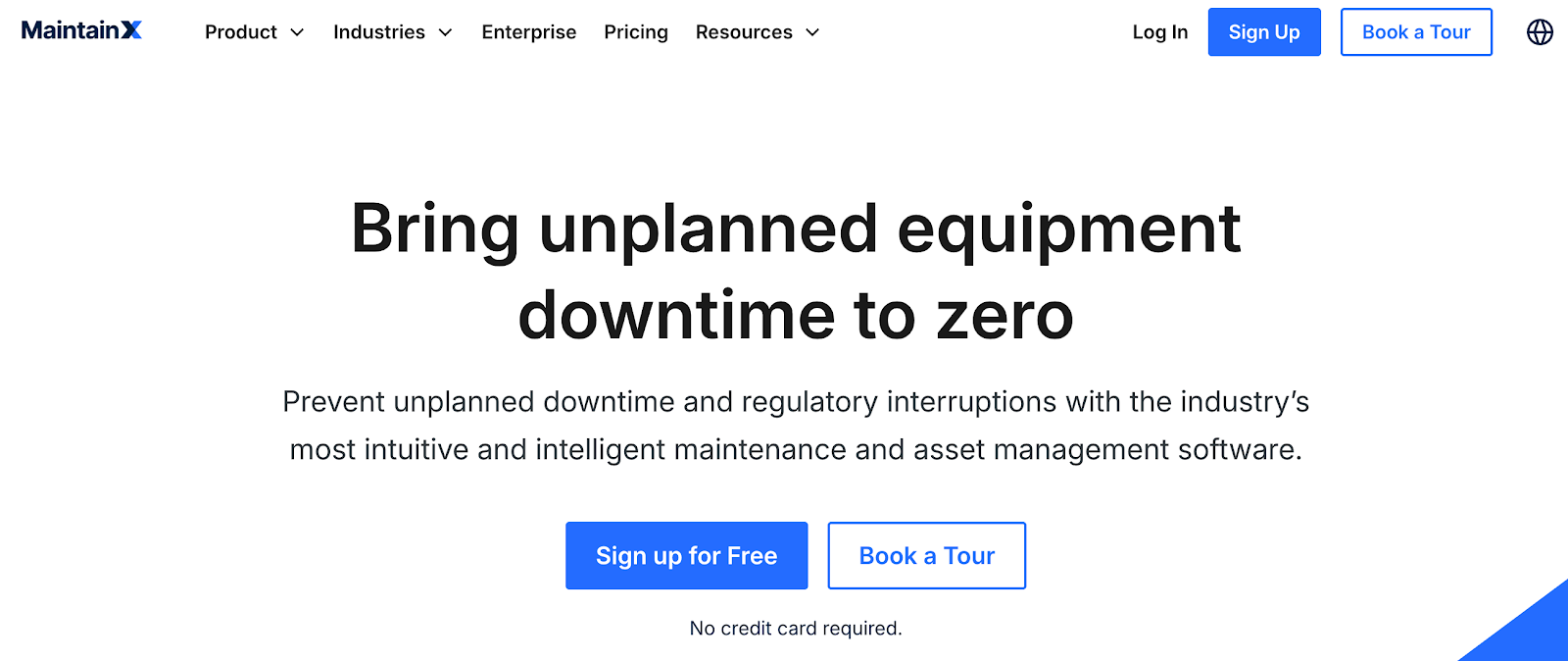
Source: Getmaintainx.com
MaintainX gives retail teams an easy way to manage maintenance services without slowing down the day. It’s built for mobile use, so technicians can create, update, and close work orders without a desktop.
Retail facility managers use MaintainX to stay organized across shifts and locations. Teams can attach photos, log issues, and chat with each other in real time, which helps reduce delays and miscommunication.
Key Features
- Mobile work order creation and task updates
- Real-time messaging between teams
- Inspection checklists with photo attachments
- Recurring maintenance scheduling
- Asset tracking and performance reporting
Pros
MaintainX helps field teams move faster. Its mobile tools are simple to use, even for less tech-savvy staff, which means jobs get documented right when they’re done, not hours later.
Cons
Some purchasing and inventory tools feel clunky, and customization is limited in certain areas. Retailers with unique workflows may need to work around those constraints.
5. Brightly Asset Essentials—Asset Tracking and Preventive Maintenance
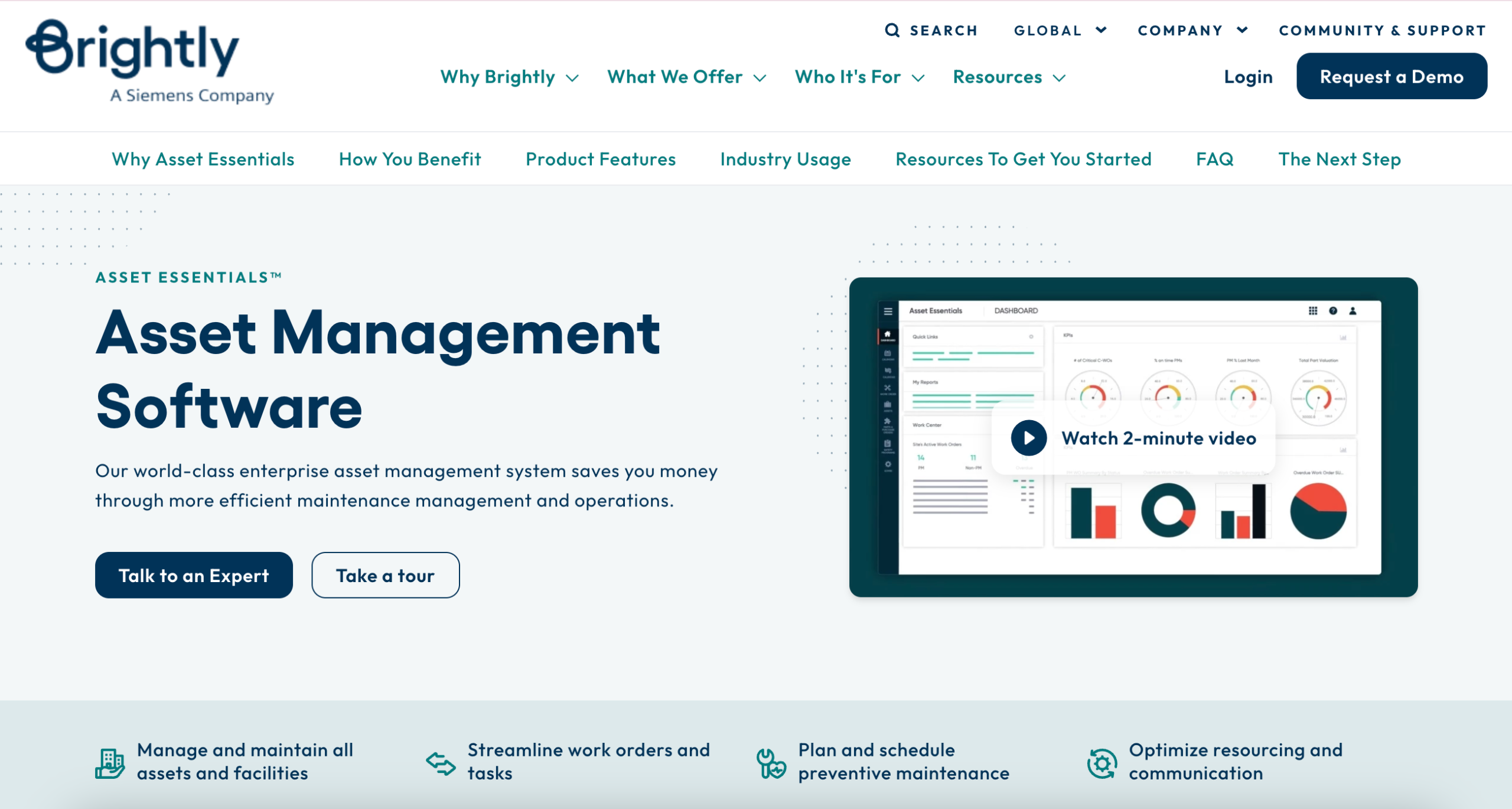
Source: Brightlysoftware.com
Brightly Asset Essentials is built for retail teams that want better control over long-term asset performance. The platform also includes GIS mapping, making it easier to locate equipment across multi-site operations.
Whether you’re managing HVAC units, lighting systems, or new installation projects, everything is tied to a centralized dashboard.
Key Features
- Asset lifecycle tracking with real-time updates
- IoT integration for automated alerts
- GIS mapping for location-based visibility
- Preventive maintenance scheduling
- Cloud access with mobile compatibility
- Centralized performance reporting
Pros
Brightly is suitable for managing a large asset base. It helps retail teams stay ahead of costly breakdowns by putting asset history, location, and service needs in one place.
Cons
The interface can feel overwhelming, especially for smaller teams. Some users report lag with large data sets and limited flexibility when customizing reports or workflows.
Boost Team Productivity With On-Demand Facility Maintenance Services
Facility issues will keep popping up. What matters is how quickly—and affordably—you can handle them without draining your team’s energy or disrupting the customer experience.
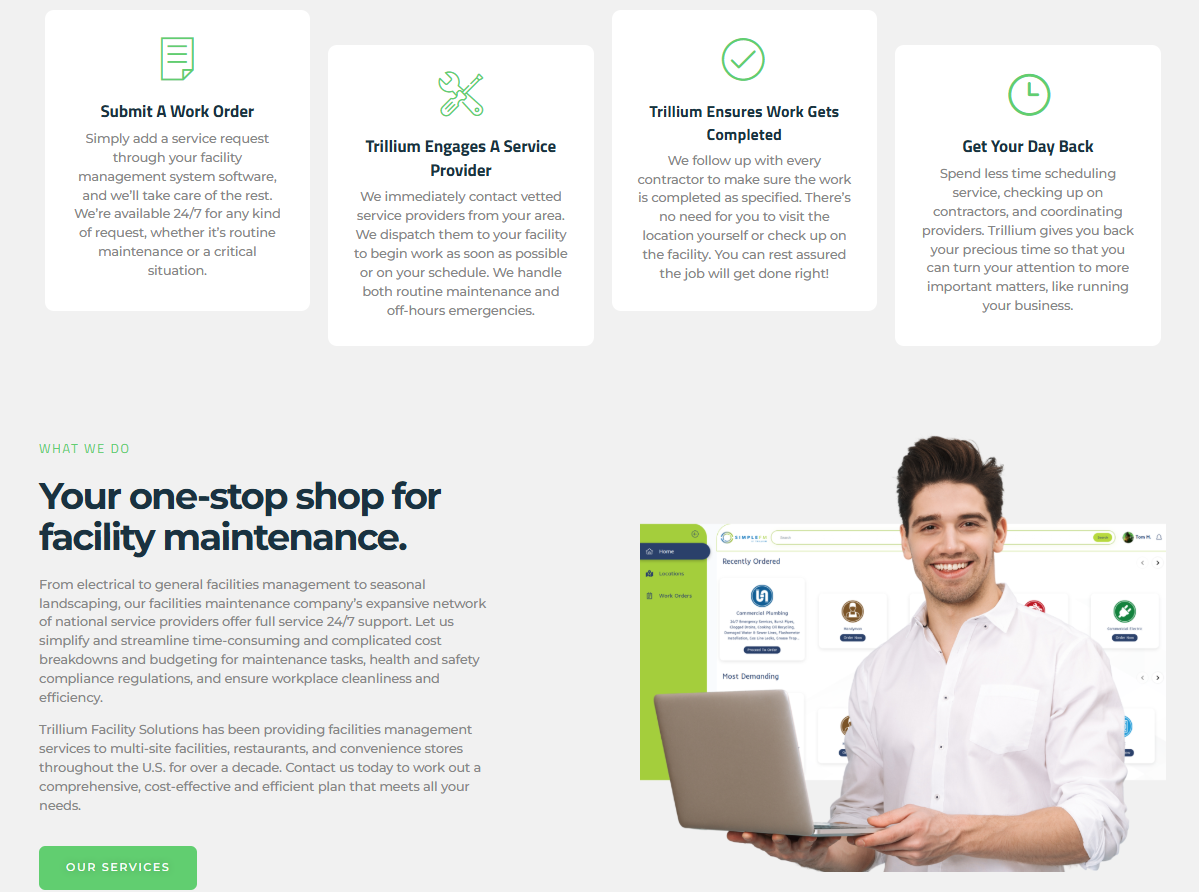
Trillium gives your business the freedom to manage maintenance across all your locations without long contracts, surprise fees, or wasted time. You get real cost control, 24/7 support from real people, and access to a pre-vetted network of licensed vendors that covers 47 states.
Work orders take minutes to submit. You can track service progress in real time and prioritize what matters most. Whether it’s preventive care or emergency fixes, your team stays focused and your stores stay open.
Want to protect productivity and reduce maintenance chaos?
Start using Trillium today! No fees, no contracts, just smarter service.
FAQs About Retail Facility Maintenance Companies
What are the top retail facility maintenance companies?
Several companies offer tools and support for managing retail maintenance, but not all are built for the fast pace of retail. Trillium stands out for its flexibility, ease of use, and ability to handle services across multiple states without locking you into a contract.
What is retail store maintenance?
Retail store maintenance is the work that keeps your physical space in working order. That includes routine cleaning, repair jobs, safety checks, and service calls for lighting, plumbing, and HVAC. The goal is to keep the store open, safe, and welcoming for employees and customers.
What does facilities management mean in retail?
Facilities management in retail involves coordinating everything needed to keep your locations running, like scheduling vendors, managing maintenance, and tracking work across sites. It helps you reduce downtime, protect your brand, and support a better in-store experience.





